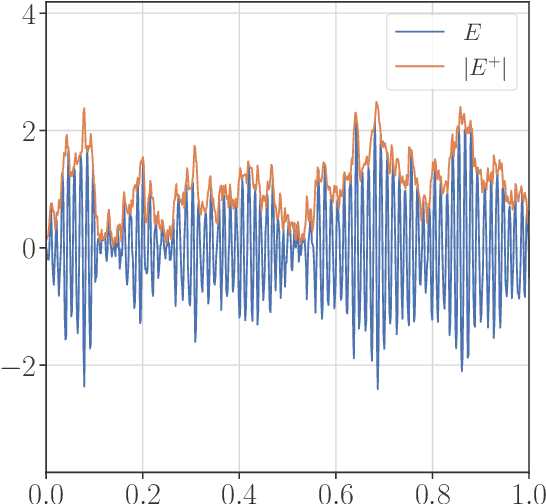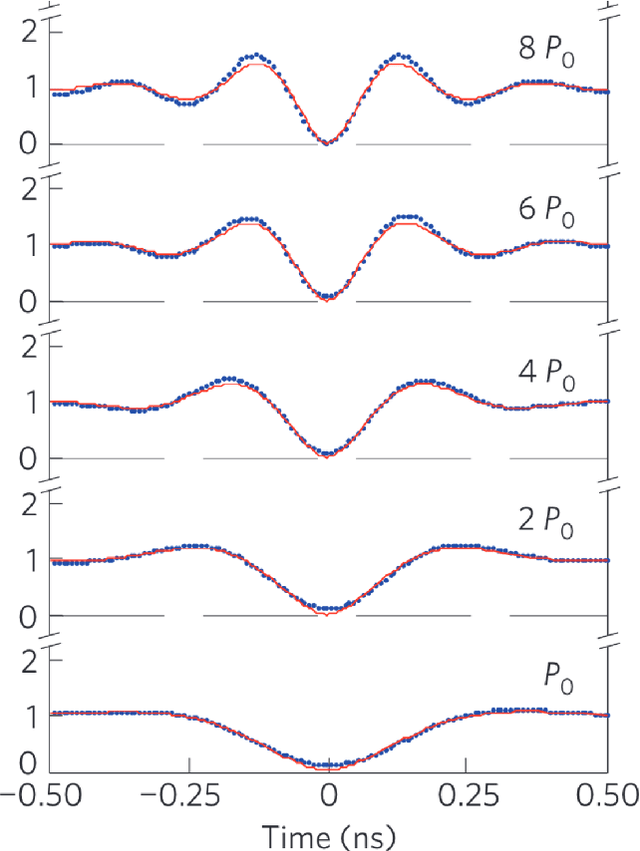Alexandre Feller
On sampling determinantal and Pfaffian point processes on a quantum computer
May 25, 2023Abstract:DPPs were introduced by Macchi as a model in quantum optics the 1970s. Since then, they have been widely used as models and subsampling tools in statistics and computer science. Most applications require sampling from a DPP, and given their quantum origin, it is natural to wonder whether sampling a DPP on a quantum computer is easier than on a classical one. We focus here on DPPs over a finite state space, which are distributions over the subsets of $\{1,\dots,N\}$ parametrized by an $N\times N$ Hermitian kernel matrix. Vanilla sampling consists in two steps, of respective costs $\mathcal{O}(N^3)$ and $\mathcal{O}(Nr^2)$ operations on a classical computer, where $r$ is the rank of the kernel matrix. A large first part of the current paper consists in explaining why the state-of-the-art in quantum simulation of fermionic systems already yields quantum DPP sampling algorithms. We then modify existing quantum circuits, and discuss their insertion in a full DPP sampling pipeline that starts from practical kernel specifications. The bottom line is that, with $P$ (classical) parallel processors, we can divide the preprocessing cost by $P$ and build a quantum circuit with $\mathcal{O}(Nr)$ gates that sample a given DPP, with depth varying from $\mathcal{O}(N)$ to $\mathcal{O}(r\log N)$ depending on qubit-communication constraints on the target machine. We also connect existing work on the simulation of superconductors to Pfaffian point processes, which generalize DPPs and would be a natural addition to the machine learner's toolbox. Finally, the circuits are empirically validated on a classical simulator and on 5-qubit machines.
From point processes to quantum optics and back
Oct 11, 2022



Abstract:Some fifty years ago, in her seminal PhD thesis, Odile Macchi introduced permanental and determinantal point processes. Her initial motivation was to provide models for the set of detection times in fundamental bosonic or fermionic optical experiments, respectively. After two rather quiet decades, these point processes have quickly become standard examples of point processes with nontrivial, yet tractable, correlation structures. In particular, determinantal point processes have been since the 1990s a technical workhorse in random matrix theory and combinatorics, and a standard model for repulsive point patterns in machine learning and spatial statistics since the 2010s. Meanwhile, our ability to experimentally probe the correlations between detection events in bosonic and fermionic optics has progressed tremendously. In Part I of this survey, we provide a modern introduction to the concepts in Macchi's thesis and their physical motivation, under the combined eye of mathematicians, physicists, and signal processers. Our objective is to provide a shared basis of knowledge for later cross-disciplinary work on point processes in quantum optics, and reconnect with the physical roots of permanental and determinantal point processes.
 Add to Chrome
Add to Chrome Add to Firefox
Add to Firefox Add to Edge
Add to Edge